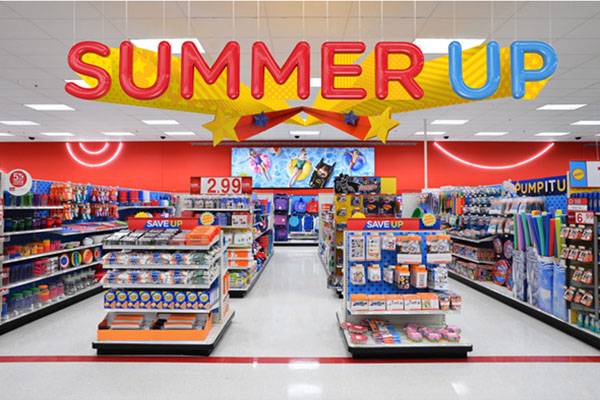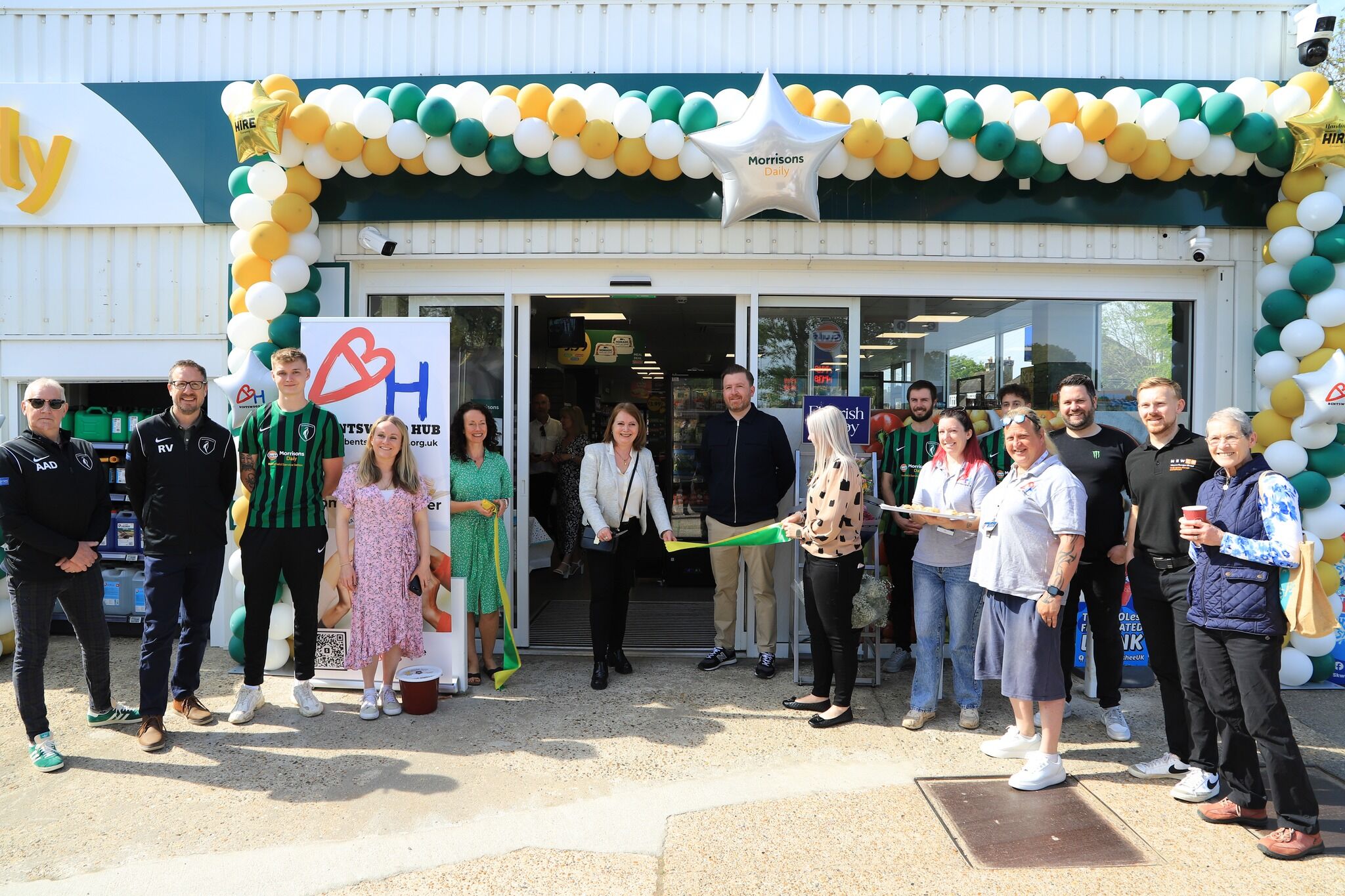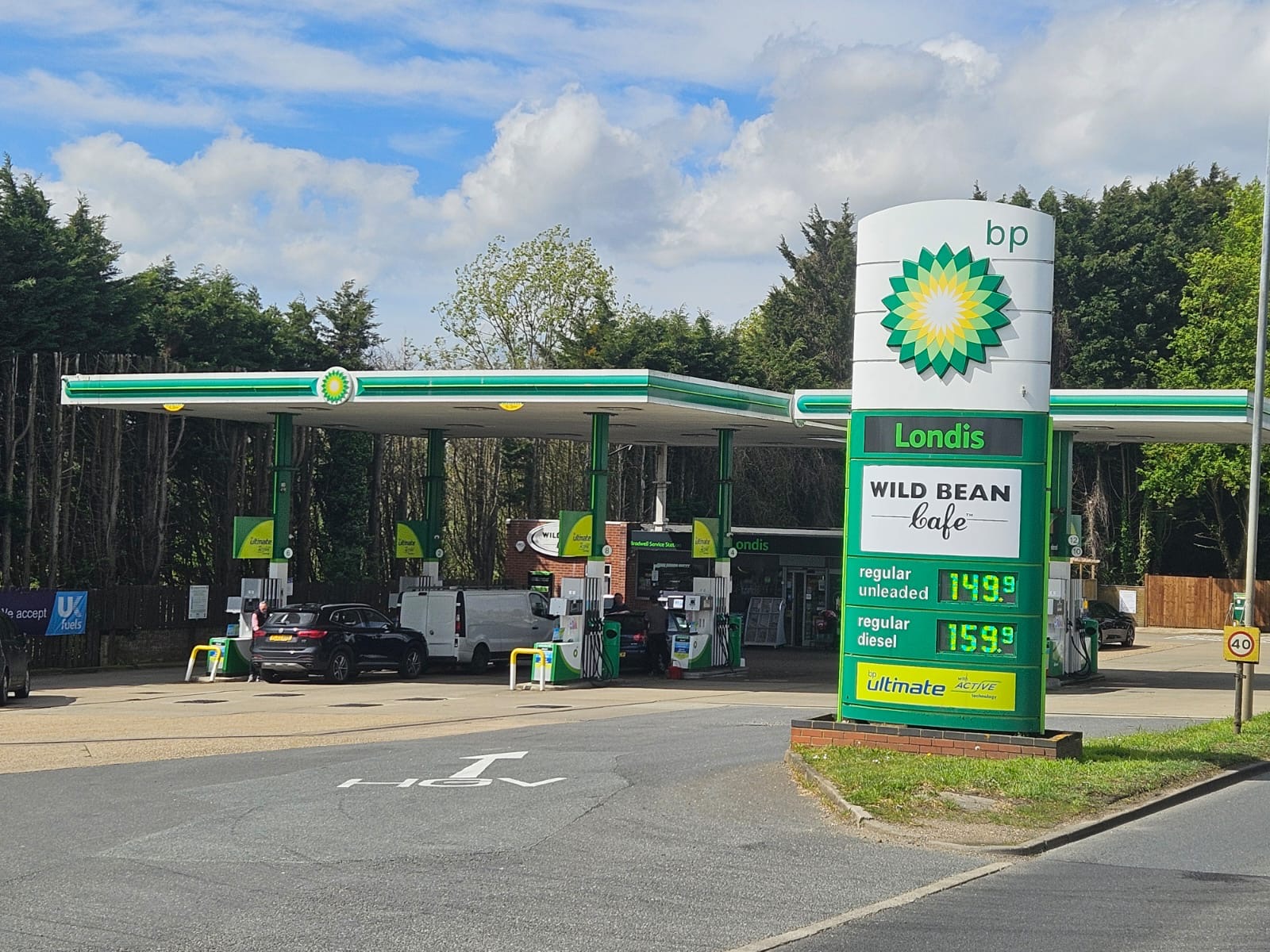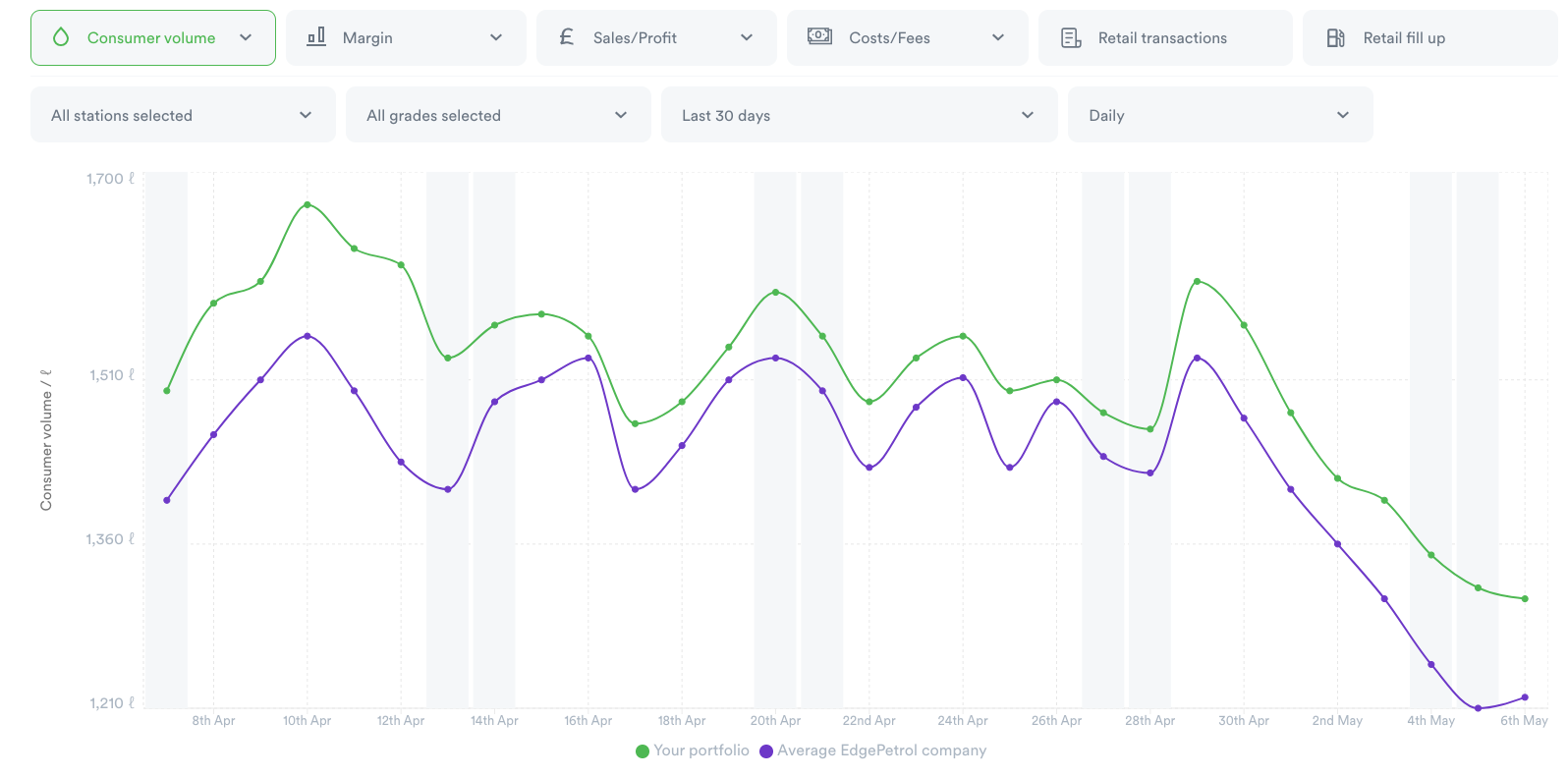Have you ever made a pricing change more than once a day?
How you answer that question is very much based on location.
Head over to Germany and they’ll laugh at you. It is widely accepted that a normal day in Deutschland incorporates 15 price changes, including two market resets. All these price changes have to be reported within minutes to the government.
Take a short flight to the UK, rent a car, and head out to the countryside for a two week break. You may see the same pole sign price on the way home as you did on the way in. They’ll probably laugh at you here too.
Your next stop is New Jersey, USA. Again, you’ll be laughed at (at this point your confidence is running low). The law states one price change a day. No exceptions. Whatever you do, don’t miss a digit…
Drive west for a few hours and at some point you’ll hit a micro-market. Whether you are laughed at here depends on a number of factors, including (but not limited to): owner’s background, size of portfolio, level of competition and the price-sensitive nature of the area’s consumer. Maybe just a giggle, then.
So what makes a market ready for dynamic pricing?
One key aspect is technology.
As retailers will be well aware, the technology exists to send price changes directly to the pole sign. Whilst the ROI here is compelling, this has been resisted by many as it can be a sizable CAPEX spend. You’ll be hard-pressed to find a single site operator with the tech (they are on site to be fair) and many family owned businesses have been running a successful business for many years without them.
But, hit the mid-to-top level of the market and you’ll see them in abundance. Frankly as soon as one gets the tech the others are playing catch up. Without the tech your price can only change once a day, but I remember talking to one retailer in Florida who was battling with a Wawa and dropped the price 10 times in a day just to be cheaper than him, just to throw the price back up as it hit a threshold on margin.
What sits behind that are pricing algorithms set up to match, follow or lead based on margins or volume targets. Imagine pitting two of these against one another. Throw in a couple of small dealers who are trying to get some volume back and you’ve got yourself a volatile micro-market.
As market consolidation and PE backing continues, expect technology to grow and more micro-markets to develop as we return to (closer to) pre-COVID volumes. This may be good for your business or bad for your business, but either way, it is one to keep an eye on.























